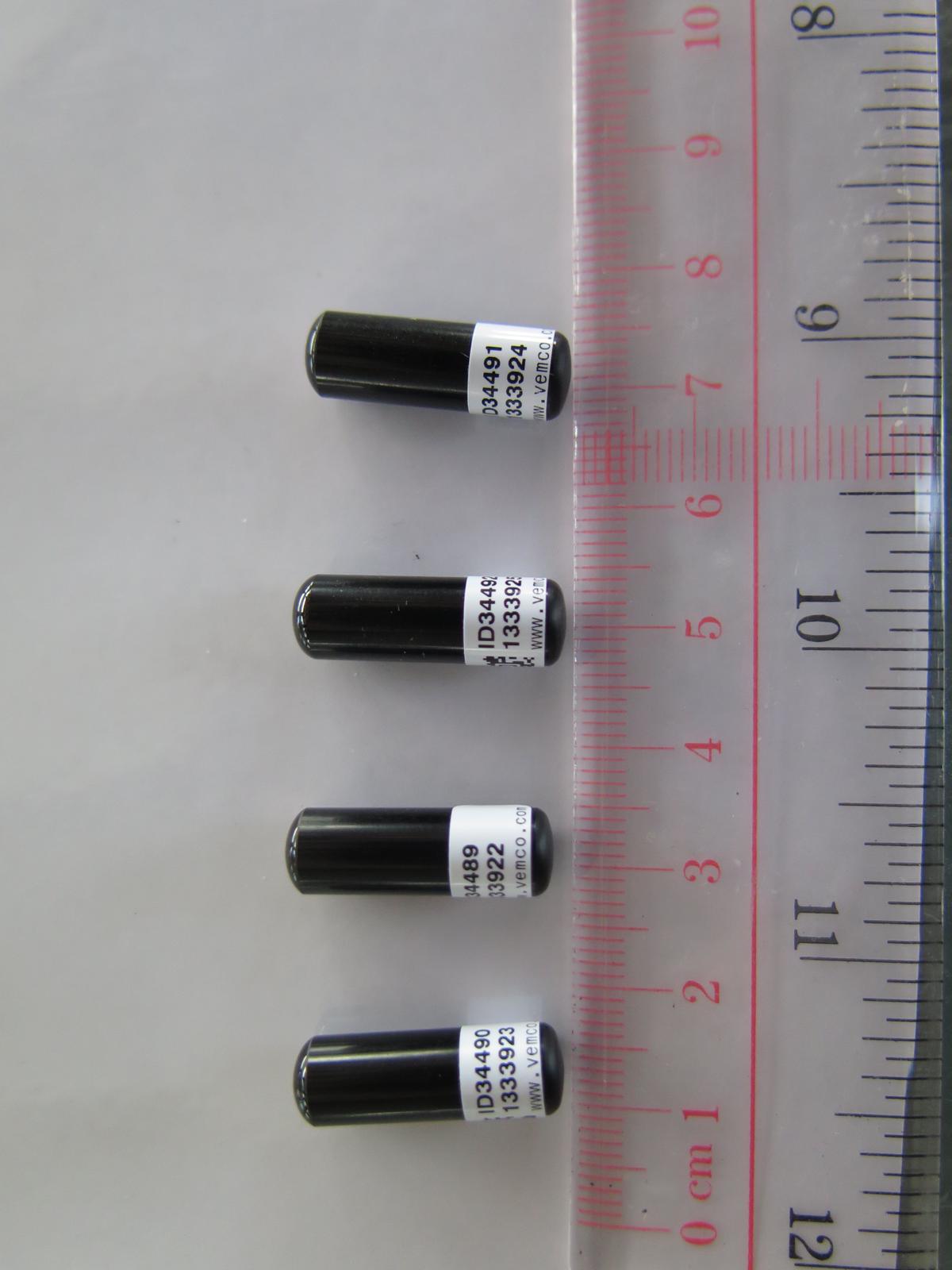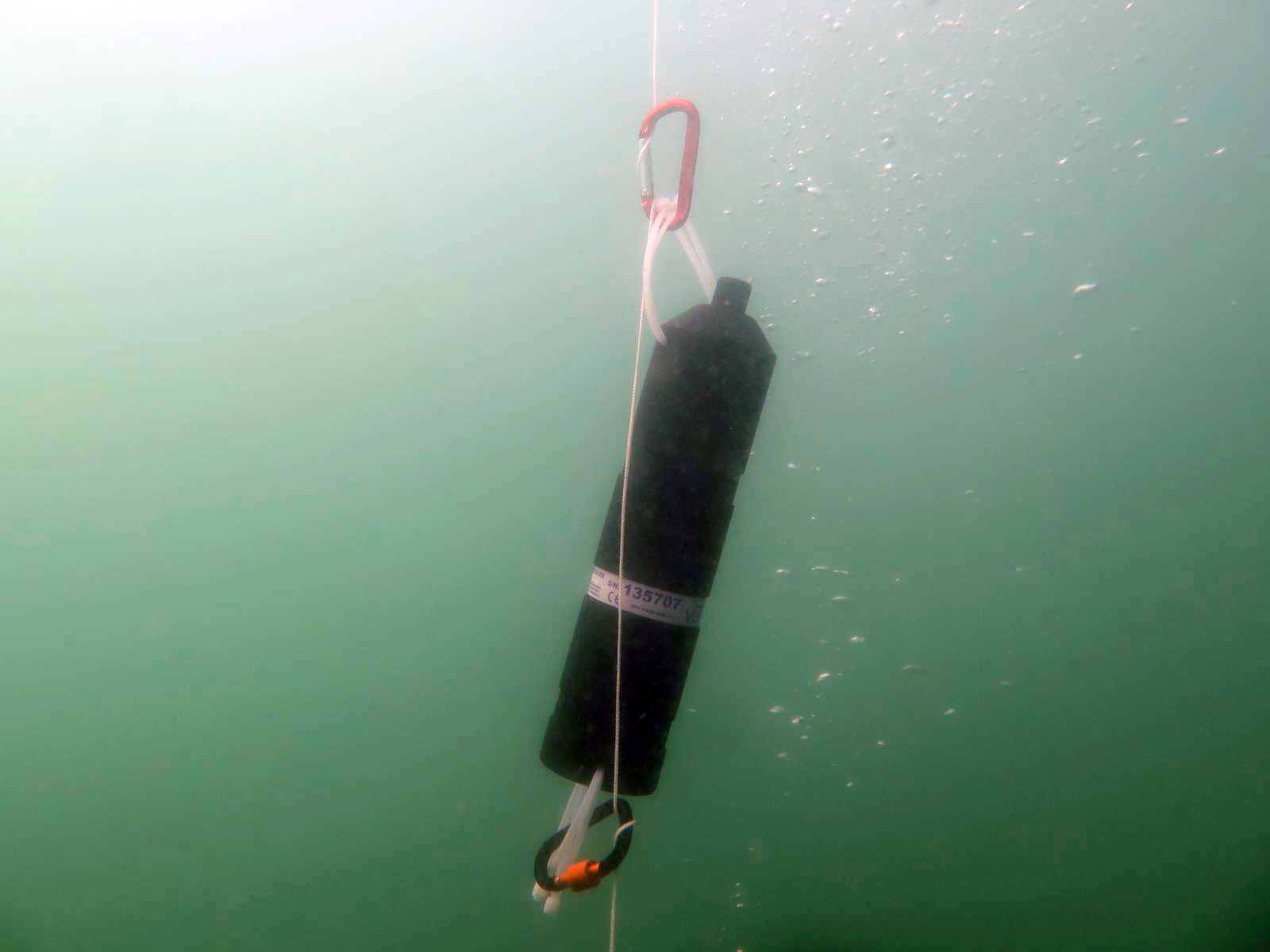Restocking Exercise in Northeast Waters of Hong Kong 2019
Background
To facilitate the restoration of native fisheries species of high commercial value and enhancement of local fisheries resources in the long run, the Agriculture, Fisheries and Conservation Department (AFCD) conducted restocking at the Northeast waters of Hong Kong in June 2019. The restocking event was also to echo with the National Fish Release Day and World Oceans Day 2019 for promoting the public awareness of marine conservation and sustainability of fisheries resources. Another restocking was also conducted later in November of the same year. The information obtained in this restocking exercise will be support our planning of future resources enhancement measures.
Restocking Species and Release Sites
In the 2019 restocking exercise, some 12 000 Hong Kong grouper (Epinephelus akaara, see Figure 1) and 4 000 star snapper (Lutjanus stellatus, see Figure 2) fingerlings were released in total. Both are native species of high commercial value with populations declined in the past decades.
There are natural rocky reefs, boulders and artificial reefs previously deployed by AFCD in the Northeast waters of Hong Kong, which are suitable for Hong Kong groupers and star snappers to inhabit, and can provide suitable habitats, protection and sufficient food to the fingerlings released. We have previously found Hong Kong groupers and star snappers during underwater surveys in the said waters as well, indicating that the release sites are natural habitats of these species.
Preparation and Procedures for Release
We made reference to relevant guidelines and provisions and cautiously planned this restocking exercise such that it would not pose any impact to the marine environment. The fish fingerlings were from reputable hatcheries with broodstock originated from the South China Sea. They underwent quarantine procedures for common fish diseases and acclimatisation in local waters for some time to ensure good health condition before release.
The fish fingerlings released were acclimatized on-site by means of a tailor-made cage trap immersed in the sea water to minimise handling stress on the individuals. The cage trap was transferred gradually from the transporting vessel to the underwater site by divers before release.
Monitoring surveys
AFCD has conducted a one-year underwater visual surveys to monitor the condition of the released fingerlings and the release sites. A proportion of the fingerlings were implanted with small external plastic tags under the dorsal fins of the fingerlings (see Figure 3 and 4) for individual tracking and monitoring. Furthermore, in view of the occasionally low visibility of Hong Kong waters, we conducted a trial on the use of passive acoustic telemetry as an alternative monitoring method for tracking the fingerlings. This method has been widely used for monitoring the effect of restocking in other countries, e.g. Australia and the United States. A small proportion of fingerlings were each implanted with a small transmitter tag (see Figure 5), which could be detected by an array of underwater acoustic receivers deployed around the ARs (see Figure 6). The presence of the tagged fishes were detected individually such that their preferred habitats and size of home ranges could be recorded.
The monitoring results showed that the Hong Kong grouper fingerlings had lower mobility and tended to hide in the holes and crevices of the artificial reef; the star snapper fingerlings had a wider foraging range and formed schools with other fish around the artificial reef, while a small number of them migrated to other nearby artificial reefs and natural reefs. Some fingerlings implanted with acoustic transmitter tags were still detected near the artificial reefs ten months after the release.


